
Despite missing the trial primary end point of overall survival improvement at 1 year, data for avelumab in cisplatin-ineligible, PD-L1–positive advanced urothelial cancer demonstrated superior responses and disease control rates.

Your AI-Trained Oncology Knowledge Connection!


Despite missing the trial primary end point of overall survival improvement at 1 year, data for avelumab in cisplatin-ineligible, PD-L1–positive advanced urothelial cancer demonstrated superior responses and disease control rates.

Frontline avelumab plus best supportive care as maintenance showed an improvement in overall survival vs best supportive care alone in patients with advanced urothelial cancer treated after chemotherapy.
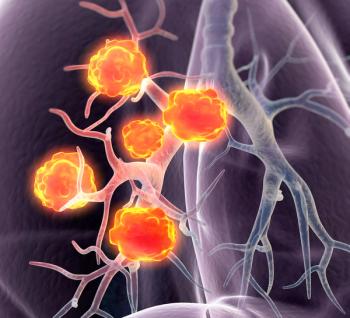
The European Commission has approved tepotinib for use in patients with advanced non–small cell lung cancer with MET exon 14 skipping alterations.
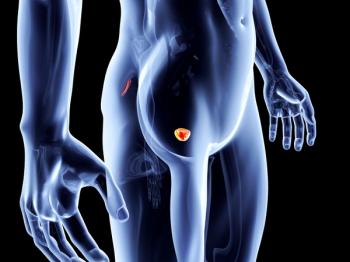
Patients with metastatic castration-resistant prostate cancer were observed to have a tolerable safety profile when treated with darolutamide.
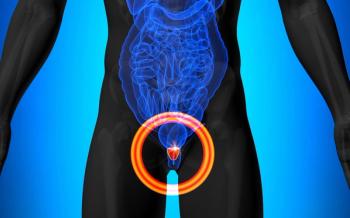
Data reported from the phase 3 SPOTLIGHT trial of the novel theranostic 18F-rhPSMA-7.3 at 2022 ASCO GU show “excellent image quality” for prostate cancer recurrence detection, according to expert.

Results from the TITAN trial that were presented at 2022 ASCO GU showed a link between deep PSA responses with apalutamide and patient-related outcomes.

Data presented at 2022 ASCO GU of niraparib-based therapy for patients with metastatic castration-resistant prostate cancer showed a boost in radiographic progression-free survival vs matched placebo.

Nora Janjan, MD, MPSA, MBA, gives her perspective on oncology drug development through academic promotion, as an accompaniment to the article titled "Association of Financial Conflicts of Interest With Academic Productivity Among Junior Faculty in Hematology and Oncology" published in the journal ONCOLOGY.

Conflicts of interest for junior faculty members were evaluated at top cancer centers by Suneel D. Kamath, MD, et al. to determine how financial conflicts of interest correlated with measures of academic career productivity.

Data from the ARASENS trials that were presented at 2022 ASCO GU show superior survival outcomes with darolutamide vs placebo plus ADT and docetaxel.

The phase 3b PRESIDE trial showed significant progression-free survival improvement when men with chemotherapy-naïve metastatic castration-resistant prostate cancer were treated with a regimen of continuous enzalutamide vs placebo.

Patients with metastatic castration-sensitive prostate cancer experienced an early and robust reduction in prostate-specific antigen of 90% or more following treatment with apalutamide vs enzalutamide.
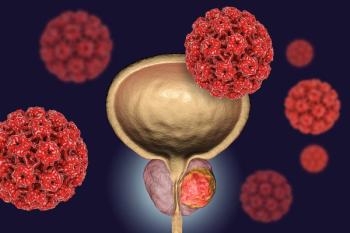
Data from the ARAMIS trial that were presented at 2022 ASCO GU showed that darolutamide benefit for patients with nonmetastatic castration-resistant prostate cancer was consistent regardless of the number of comorbidities or concomitant medications.
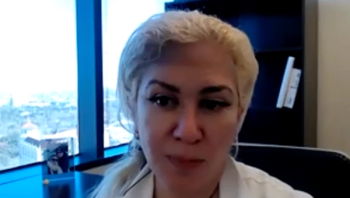
Eleni Efstathiou, MD, PhD, spoke about the treatment combination of niraparib plus abiraterone acetate and prednisone for the treatmeant of men with metastatic castration-resistant prostate cancer in the phase 3 MAGNITUDE trial.

The FoundationOne Tracker ctDNA monitoring assay was given breakthrough device designation by the FDA for use in early-stage cancer after curative therapy.

Datar Cancer Genetics announced that its TriNetra-Prostate blood test, which was developed to detect early-stage prostate cancer, received breakthrough device designation from the FDA.
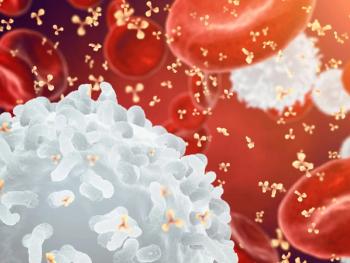
The CD19-directed CAR T-cell therapy lisocabtagene maraleucel was granted priority review by the FDA following an application for its use in patients with relapsed or refractory large B-cell lymphoma receiving therapy in the second-line setting.

A new drug application for adagrasib was accepted by the FDA for the treatment of patients with KRAS G12C–mutated non–small cell lung cancer.

Jonathan R. Day, MD, PharmD, and Brian K. Link, MD, give their perspective on emerging treatments for follicular lymphoma.
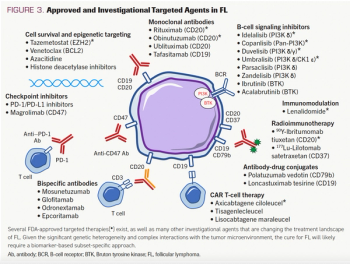
This review article written by Kirk E. Cahill, MD, and Sonali M. Smith, MD, discusses standard and emerging therapies for the treatment of follicular lymphoma.

Patients with prostate cancer commonly have significant depression, highlighting a need for screenings in those with poor social determinants of health, concomitant disability, and advanced disease.

Fast track designation was granted by the FDA for pidnarulex in patients with BRCA1/2 or PALB2 mutations with ovarian or breast cancer.
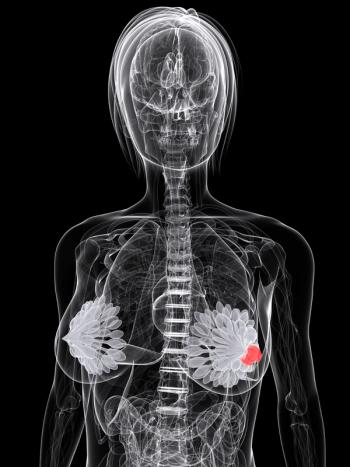
Patients with stage II/III HER2-negative breast cancer who were treated with daily high-dose aspirin did not experience an improvement in invasive disease-free survival.
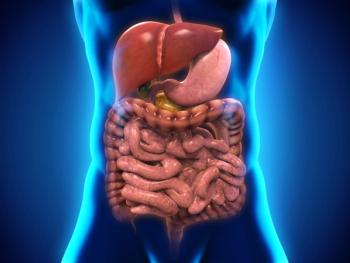
This review article written by Nikia R. McFadden, MD, MAS, et al, discusses which therapies are best to treat unresectable colorectal liver metastases.
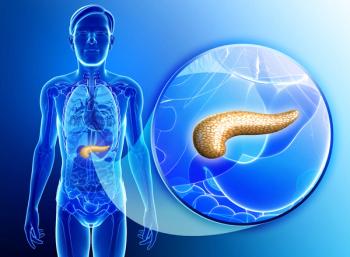
Patients with KRAS G12C–mutated locally advanced or metastatic pancreatic cancer experienced clinically meaningful benefit from treatment with sotorasib .

Cancer misinformation may be more prevalent among residents in rural vs urban areas, study finds.
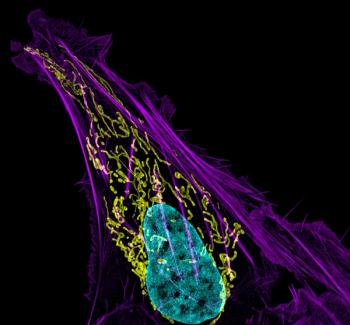
A 5-day prophylactic postoperative intravenous antibiotic regimen did not reduce the rate of surgical site infections vs a 1-day regimen and increased the risk of antibiotic complications for patients with lower extremity bone tumors.
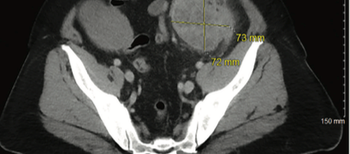
This case presents a patient with locally advanced, unresectable, mismatch repair–deficient sigmoid colon cancer who was treated with neoadjuvant chemoimmunotherapy followed by surgical resection leading to a complete pathologic response after preoperative systemic chemoimmunotherapy.

“The pendulum is moving fast towards giving chemotherapy prior to surgery, and the research is going on to continue that trend.”
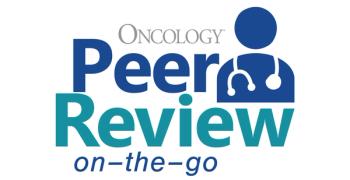
On this episode of the Oncology® Peer Review On-The-Go, Emily Smith, MD, discussed a patient case of basal cell carcinoma she and colleagues published in the journal ONCOLOGY®.